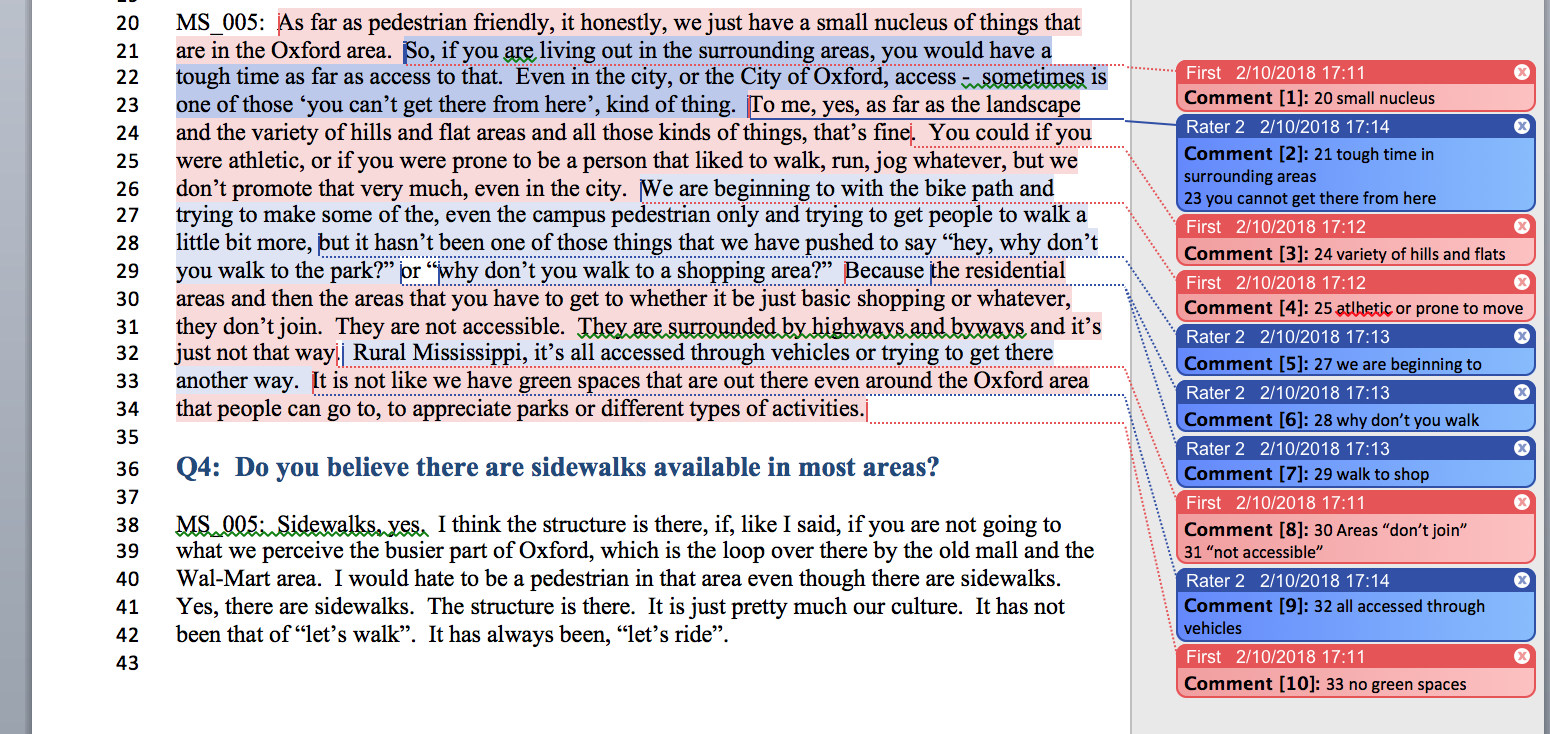

Each case would have at least three source files coded to it, according to the respondent: There would thus be eight cases, named according to the conventions used in naming the source files. In this study, each case could represent an individual. Using the Case A, Case B, and Case C sample data sets, here are some examples of how a researcher might organize cases and source files: Case-study A – Young People’s Perceptions (For more about the study window, see the Study Window topic in the Help system.) Those codes are stored in the case shown in the Study Window at the time of coding, linked to the original source material and to the annotation. How you define what a “case” is will depend on the nature of your study.ĭuring the coding process, you will be selecting source material and applying codes (and possibly annotations or memos) to that source material. What's a case?Ī case is the atomic unit of your study, the basic unit of analysis you are studying. HyperRESEARCH's case-based structure makes it easy to organize your data in any way you wish. Timing, when to put organisational structures in placeĪuto coding structures in documents Chapter 12 Exercises: Organising data to known characteristics Illustrating the potential for interrogation

See all coloured illustrations (from the book) of software tasks and functions, numbered in chapter order. This chapter takes the subject further and focuses on the need to assign multiple variables or attributes to each respondent or case, so that comparing within or across cases can happen via combinations of data and subset characteristics if required. Chapter 6 discussed basic structures like folders which enable simple tidying up and filtering.
#Hyperresearch review pdf#
Download the pdf for this chapter guide here.Ĭhapter 12 discusses the variety of ways organisation of data can happen and the importance of particular organizing tools to enable different levels and complexity of interrogation.


 0 kommentar(er)
0 kommentar(er)
